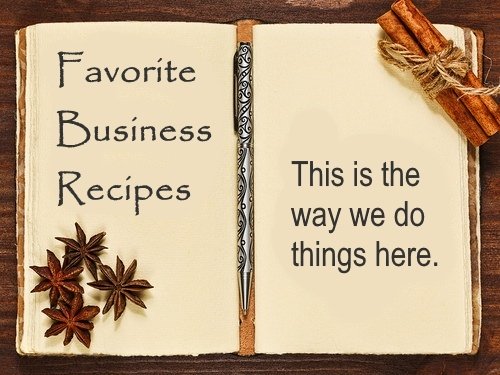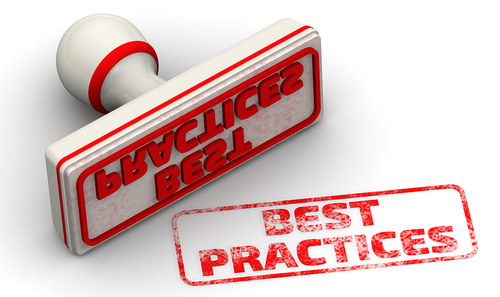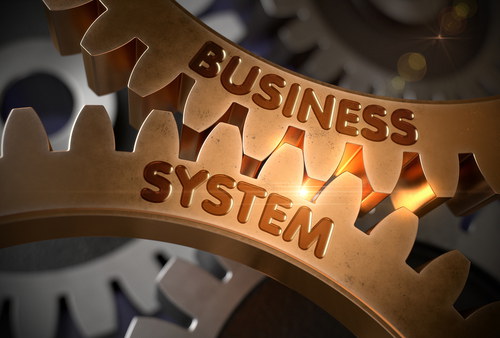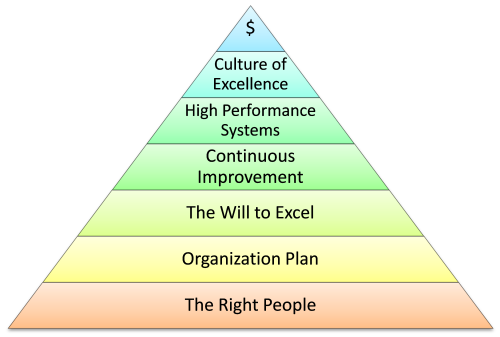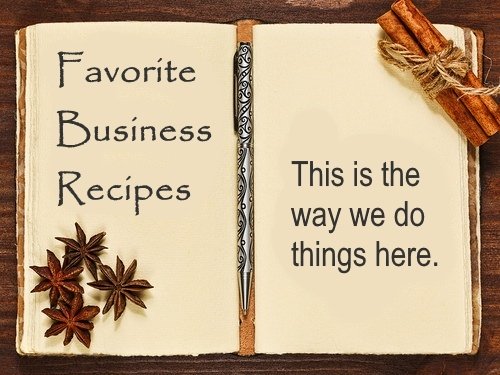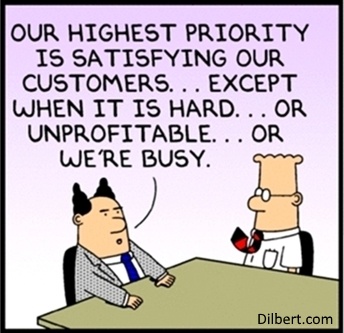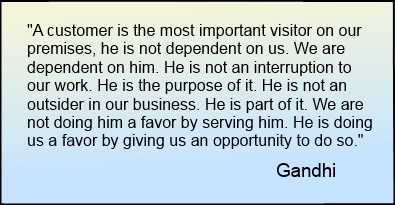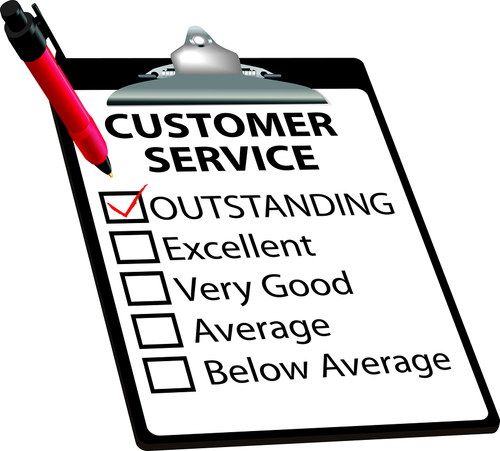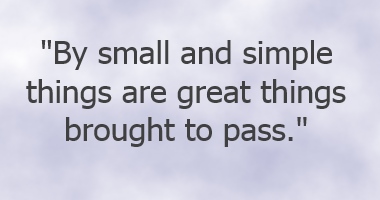A person recently asked me what I meant by the term “business system.” I thought others might like to know a definition that works for me.
A system is a procedure, process, method, or course of action designed to achieve a specific result. Its component parts and interrelated steps work together for the good of the whole. Creating effective business systems is the only way to attain results that are consistent, measurable, and ultimately benefit customers.
Systems are Your Building Blocks
Systems and processes are the essential building blocks of your company, whether you realize it or not. Every facet of your business—in the store, the workshop, or the office—is part of a system that can be managed or improved by applying correct principles.
Imagine the typical business activities below as carefully designed systems, each producing the daily results you need to be successful. Of course, you could list many other systems and subsystems unique to your organization.
| EXAMPLES OF BUSINESS SYSTEMS | ||
| Lead Generation | Customer Service | Purchasing |
| Sales Conversion | Hiring | Inventory Management |
| Website | Training | Shipping |
| Pricing | Accounting | Information Systems |
| Operations | Payroll | Safety |
| Order Fulfillment | Collections | Custodial |
Having effective business systems is the only practical way to manage the important details of your operation. These details are found in lower-level subsystems. For example, your marketing system may have a subsystem called lead generation. The lead generation system could have subsystems such as direct mail, telemarketing, or radio advertising. Systems and subsystems are the workhorses that deliver consistent results, even when you’re not around.
A business system may be as simple as a checklist created in an hour or two. However, more complex systems can take days or even weeks to implement. The best systems consider such elements as design, components, people, quality, speed and measurement.
There are “best practices” for creating high-performance business systems and processes that pay big dividends when applied correctly.
The “Magic Formula” for Success
Good systems take waste and inefficiency out of your business and help you give customers what they want every single time. They are the solution to weak sales growth, low profit margins, customer dissatisfaction, poor performance, excessive costs, inadequate cash flow, employee turnover, and daily frustration.
A systems approach to building an organization eliminates generalized solutions, seat-of-the-pants operations, employee discretion, and everything else left to chance. These hindrances are replaced with detailed procedures, performance standards, and accountability. You are saying to your employees, “This is how we do it here!”
Michael Gerber said, “Organize around business functions, not people. Build systems within each business function. Let systems run the business and people run the systems. People come and go but the systems remain constant” (E-Myth Revisited).
Remarkable Systems are Everywhere
Our natural world is a great example of systems at work—solar systems, ecosystems, weather systems, bodily systems, and so forth. Man has wisely followed this pattern to solve problems and make extraordinary advancements.
In truth, the best companies are also those with the best business systems and processes. Many highly-successful companies of our day started with one major innovative system—McDonald’s fast food, Federal Express overnight delivery, and Google Internet search, to name a few. These companies, and thousands of others, have built their fortunes on one or more remarkable systems that serve customers better than anyone else in their target market.
Now that you know what a business system is, it’s time to identify yours, elevate them to higher performance, and enjoy a greater profit.


